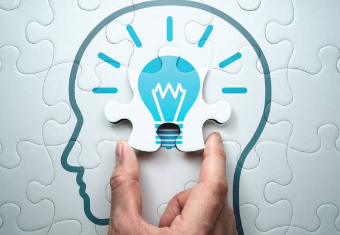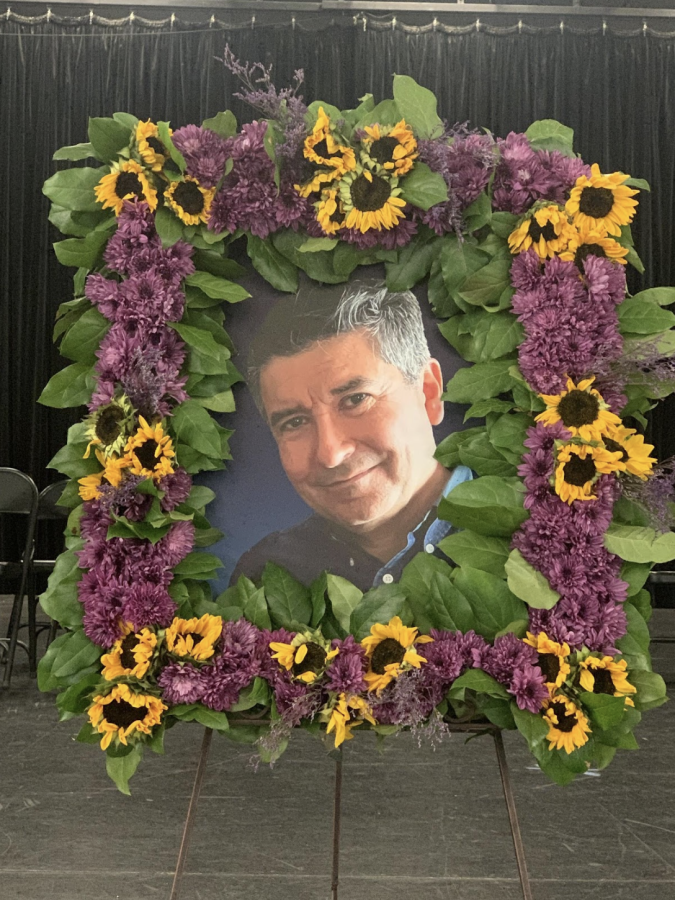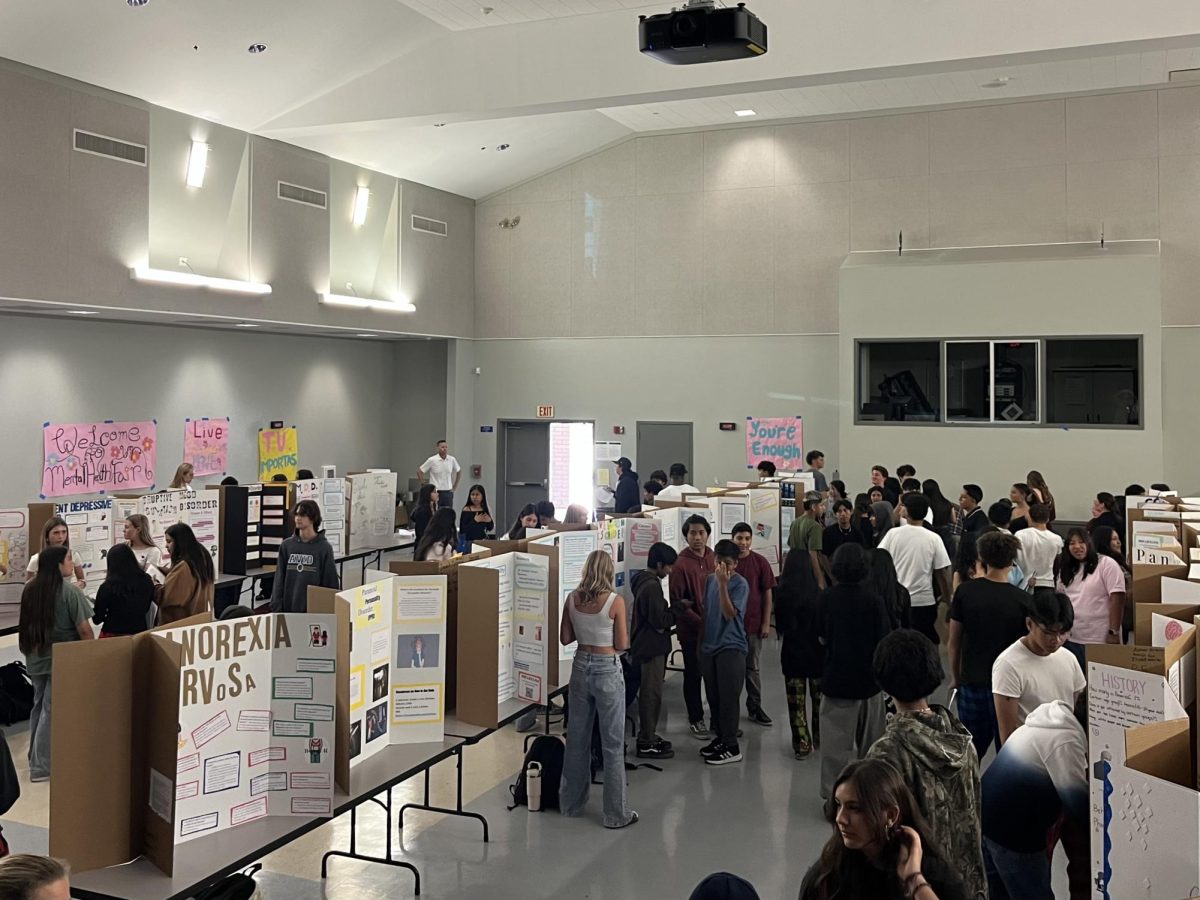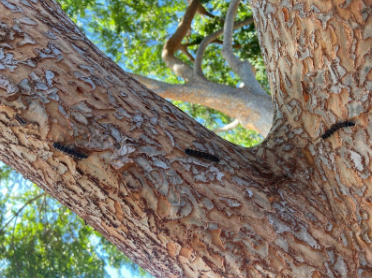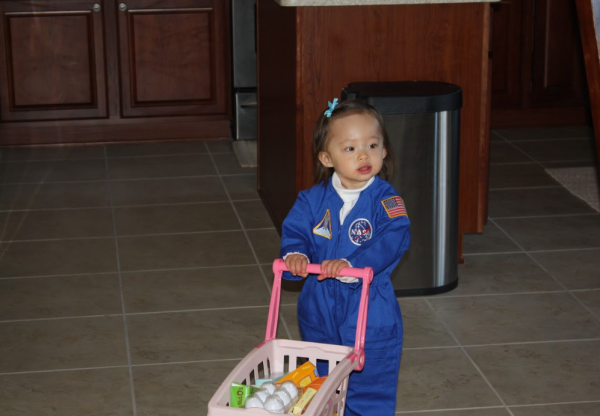What started in June 2024 as a historic voyage with the first people to fly aboard Boeing’s Starliner spacecraft quickly turned into a series of failures within the capsule, forcing the two astronauts to remain on the International Space Station (ISS).
These two NASA astronauts are Sunita “Suni” Williams (59), who hails from Euclid, Ohio, and Barry “Butch” Wilmore (61), from Helenwood, Tennessee; and their original mission – intended to last just over a week – was to “…command the new spacecraft and lead the hands-on in-flight testing of its various systems and capabilities, including maneuvering and docking,” according to Sumer Loggins from NASA’s Roundup Reads.
However, as the New York Post reports, a series of thruster failures and helium leaks quickly forced NASA to return the Starliner capsule without the astronauts, leaving them stranded about 250 miles above the surface of the Earth.
On the bright side of things, both astronauts are set to break their personal records for days spent in space, as they are set to arrive back on Earth in either March or April (as per Voice of America) “…aboard the SpaceX Dragon spacecraft with NASA astronaut Nick Hague and Roscosmos [Russian space agency] cosmonaut Aleksandr Gorbunov…” according to NASA.
All of this, however, begs the question: what are the effects of being in space for so long? For example, radiation levels are more dangerous in space; on Earth, most of the harmful radiation is absorbed or reflected by the atmosphere. In space, radiation is not so easily shielded against, and so “…particles trapped in Earth’s magnetic field, solar energetic particles from the Sun, and galactic cosmic rays… [can cause an increased] risk of cancer and degenerative diseases, such as heart disease and cataracts…” according to NASA. Developments are being made involving radiation detectors to monitor the environment in order to provide more accurate estimates for the amount and type of radiation astronauts may have been exposed to.
Additionally, due to the “microgravity” on the ISS, a much lower force of gravity than we experience on Earth, it is possible for weight-bearing bones to lose mineral density – a loss which even rehabilitation back on Earth cannot fix. Because of this, NBC Today’s Emilie Ikeda reported that the astronauts work out two-and-a-half hours a day to prevent this loss of bone density and keep up muscle mass. On the other hand, being in space can have effects mentally, interfering with sleep schedules and the body’s circadian rhythm due to different light and dark cycles and “prolonged isolation and confinement”.
While all of this sounds scary, NASA asserts that they are taking precautions to maintain both astronauts’ safety and well-being; and these things are not meant to scare, but to inspire appreciation for the bravery of Williams and Wilmore, and the risk they took for the overall furthering of space science.




